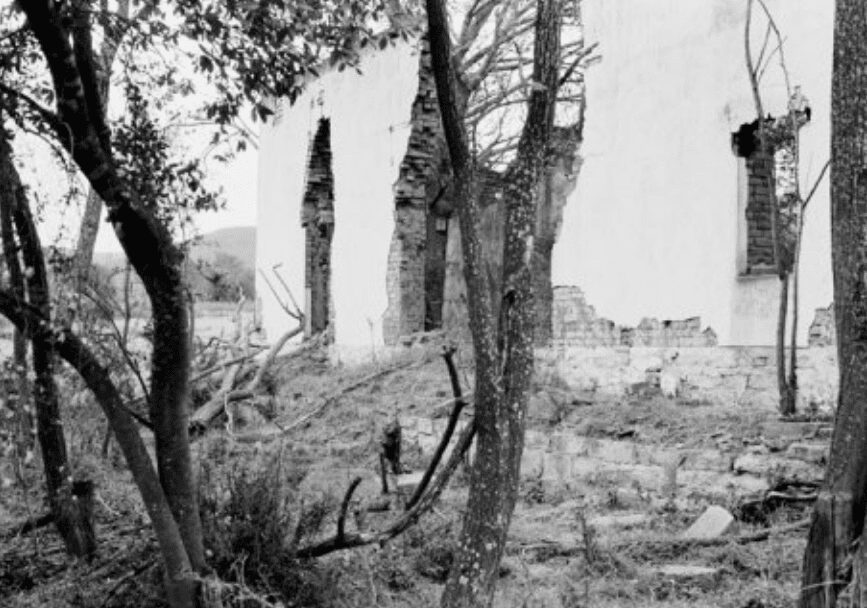Our author Yves Chatap explores this special encounter.

True, this article’s title sounds a little bit like a popular American movie. In fact, it was the focus of the 44th Photography Encounters in Arles. This 2013 edition was about black and white photography and indisputably linked to the preference of a large number of photographers for this process.
The shows included the works of Sergio Larain, Jean Lartigue, Daïdo Moriyama as well as the retrospective of Gordon Parks, exhibited in France for the first time. The participation of South Africa as part of the France – South Africa Seasons 2012 & 2013 was also one of the highlights of the Encounters in Arles.
As part of the Ateliers de Mécanique, one space of the exhibition encounters, François Hébel and John Fleetwood[1] curated ‘Transition, social landscape’. The show was meant to be perceived as a committed journey across the history and the current realities of South Africa, bringing together twelve French and South African photographers. The purpose of this project was to explore the South African social landscape through the photographic prism. The twelve photographers coming together on a photographic mission travelled around different regions of South Africa, alone or in pairs, in order to report about the socio-political diversity of a country still affected by the impact of Apartheid.
This exhibition came at a crucial time in the history of South Africa. The year 2013 marks the centennial of the Natives Land Act of 1913[2], visualised by Cedric Nunn in his work called ‘100 years of resistance’. His black and white series addresses the fight of the populations against the English invasion, but more importantly the land-related issues that are indivisible from the racial history and Apartheid. Cedric Nunn readily admits that the land distribution issue remains central within current society. On the other hand, Jo Ratcliffe tackles the repercussions of another war in her series «Batallion 31/201: Veterans San in Kimberley ».
The evolution of documentary photography goes hand in hand with the representation of social conflicts in pictures. Santu Mofokeng observes with objectivity the borderline areas which were almost abandoned right after the total and utter exploitation of resources. In a similar documentary approach, Pieter Hugo chooses to show the traces of a two-speed economy by photographing the Main Reed Road. The images of Pieter Hugo reveal a little known aspect of his photography practice.
Zanele Muholi remains true to her feminist activism with a series that focus on some traditions that tend to consider women as objects of desire and submission. This series clearly puts the emphasis on the concept of equality.
Based on the assessment of the present, but also the future of this contrasting society, the exploration of these photographers is directed towards the changes and reflects the transformations facing the inhabitants of a South Africa in a process of reconciliation.’Second Transition’ by Thabiso Sekgala and « Platine » by Philippe Chancel depict the inhabitants of booming townships located in the vicinity of big urban areas, and present the effective and realistic result of the two photographer’s collaboration on social reality.
Harry Gruyaert’s contribution, ‘Coastal Provinces’ presents the consumerist self-segregation of a community based in the Cape.
‘Transition, social landscape’ evokes a travel diary which clarifies the feeling of subdivision, the fragmentation of South African society. A diversified selection which chronicles the state of the country 20 years after the end of Apartheid.
However, the main goal of this project was to start a dialogue geared towards outlining the complexity of interpreting the venues, the space and the feeling of belonging. But when it comes to cultural exchange between South Africa and France, this interpretation most definitely deserves its French equivalent. What would be the South African artists’ take on French landscape? The latter would also deserve being viewed from the outside, and an analysis of its multiple complexities.
Yves Chatap is an independent curator, art critic, and editor based in Paris. He founded vusdafrique.com, which focuses on contemporary African photography. Chatap’s research is on the artistic, social, and political context of images in the contemporary world. He curated the show Intimités at Treignac Projet, (France, 2011) and at SAVVY contemporary (Berlin, 2013), and Clichés (Off Dak’Art 2012). Chatap is also a founding member of the curators’ collective On The Roof and co-curated several projects such as SYNCHRONCITY (2011) and Cyclicités (2013).
[1] François Hébel is the director of the Encounters of Arles. John Fleetwood is the director of Market Photo Workshop.
[2] Promulgated on June19th, 1913, the Native Land Act regulates the share of land allocated to each community in the Union of South Africa. Only 8% of farmable lands are granted to black people, while they represent more than 67% of the population.
They are not allowed to buy and possess lands outside of the reservations. More than one million blacks are expelled from the lands they were farming. Stripped from their lands, black people ended up working in mines and on European plantations.
More Editorial